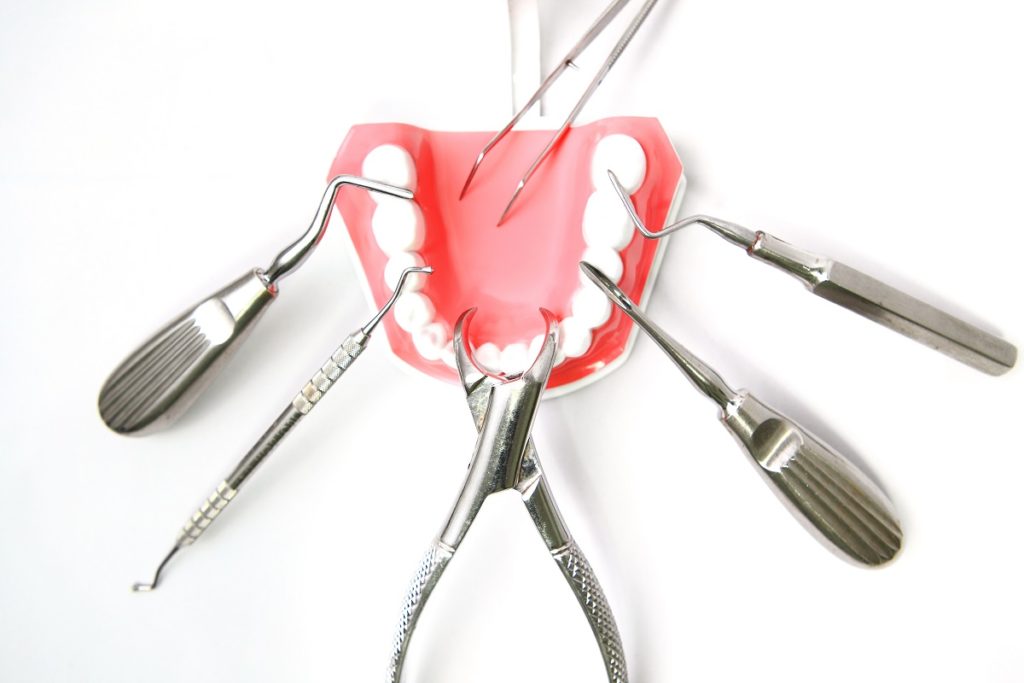Have you had a dental infection? All local family dental teams are able to perform a full range of dental services including root canals and standard extractions. Some patients, when faced with the option between those two, would prefer an extraction. Here, the procedures are compared to try and answer the question: why?
From the perspective of a dentist Sydney CBD perspective it seems harder; the default is to preserve as many teeth as possible and knowing intimately the procedures involved in both root canals and extractions, the decision seems obvious but this is not the case with patients.
Why do you need root canals in the first place?
Whichever treatment you have chosen, the cause would be the same; a dental abscess. They are caused through several methods which involve debris and bacteria getting to the most sensitive areas beneath the tooth. As the bacteria multiply, your body does it’s best to contain the infection by sealing it in a membrane of scar tissue. This is the abscess.
The location of the abscess is what makes treatment difficult as it is between the root and the jawbone in an area of tissue that has very low blood flow, making treatment using oral or IV antibiotics less useful than if it was in soft tissue. Therefore treatment is focused on directly draining the abscess and cleaning out the infected area.
Root canal treatments
The root canal was originally developed as an alternative to tooth extraction in order to resolve these sorts of abscesses; the abscess is drained through the tooth, which involves the top of the tooth being opened and it’s canal being systematically widened with a set of very fine chisels. Because of the extreme accuracy of this work, your dental practitioner will often use a magnifying device or dental microscope. It is intense and painstaking work but is usually fairly simple unless the roots are impacted or bent which makes widening the canal far more challenging.
Many dental teams perform root canals over two sessions with a short pause of a few days; during this pause, a temporary filling is used to suspend the work. This allows the patients to not have to sit through a 2-hour session in the chair.
Dental extractions

Dental extractions are far more simple than indirect treatment options; they can take up to 30 minutes but this is still relatively short compared to a root canal. The tooth is wiggled backwards and forwards using a pair of forceps until enough space has been made for the tooth to be eased out, right down to the root and creating direct access to the abscess. This can then be cleaned out and the socket packed. If this happens to be a molar or wisdom tooth, then your dental team would likely stitch the gum in order to prevent any secondary infections or the formation of a dry socket.
Which treatment feels better?
It seems that many patients’ underlying reason behind choosing an extraction over root canal is a perception that an extraction is more comfortable or less invasive although it occurs over a shorter time period. A root canal is relatively painless and uses less local anesthetics than an extraction even when local anesthetics are used to their maximum effect there is a great sense of pressure on the jaw during an extraction.
DISCLAIMER
Any surgical or invasive procedure carries risks. Before proceeding you should seek a second opinion from an appropriately qualified health practitioner.







